Piping hot and crispy snacks are an ideal go-to option at any time of the year. If you’re looking for a revised version of the average ‘fritter,’ look no further because we are about to drop the best recipe there is to recreating the
legendary Pakistani pakora. Pakistani pakora does not contain any meat traditionally, which makes it perfect for vegetarians to try as well. These spiced fried cakes of goodness, packed with flavor and served with chutney or ketchup to the side could be your version of the perfect way to spend a cold winter evening. The best part is it’s super easy to make and also requires ingredients you probably have lying around at your home beforehand. Without further ado, let’s get right into it!
The origination of Pakoras
Pakoras are closely related to fritters as some call it ‘desi fritters’ or simply pakoras. It contains sliced vegetables, primarily potatoes, and onions, which we dip in a batter and then deep-fry them to perfection. Punjabi households would traditionally enjoy Pakoras and other deep-fried snacks at tea time and especially during the rain.
Are there other existing variations to Pakistani Pakora?
The average Pakoras have gone through many major transitions, domestically, and even internationally. It can include spinach, herbs, other vegetables, meat, and even cheese. The Japanese and Europeans who visited the Indian subcontinent, and were inspired by it labeled it as tempura and tonkatsu. The pakoras have now traveled around the world with personal adjustments to differences in culture and cuisine.
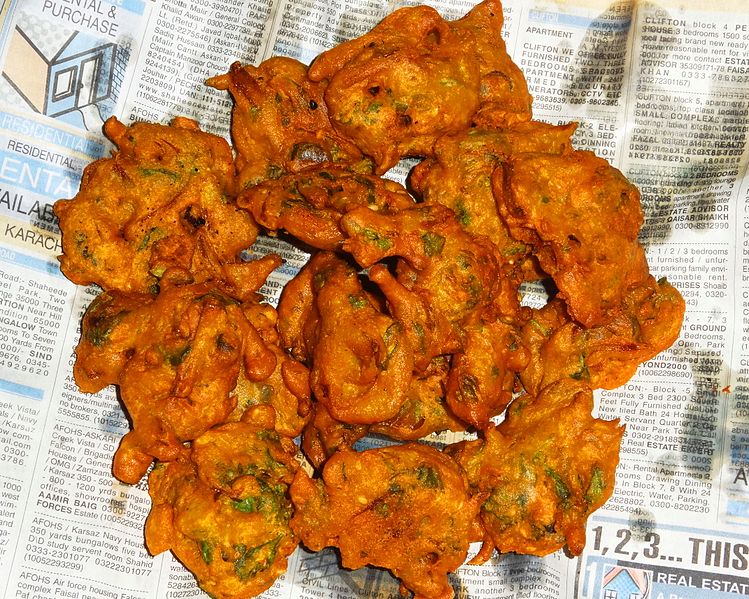

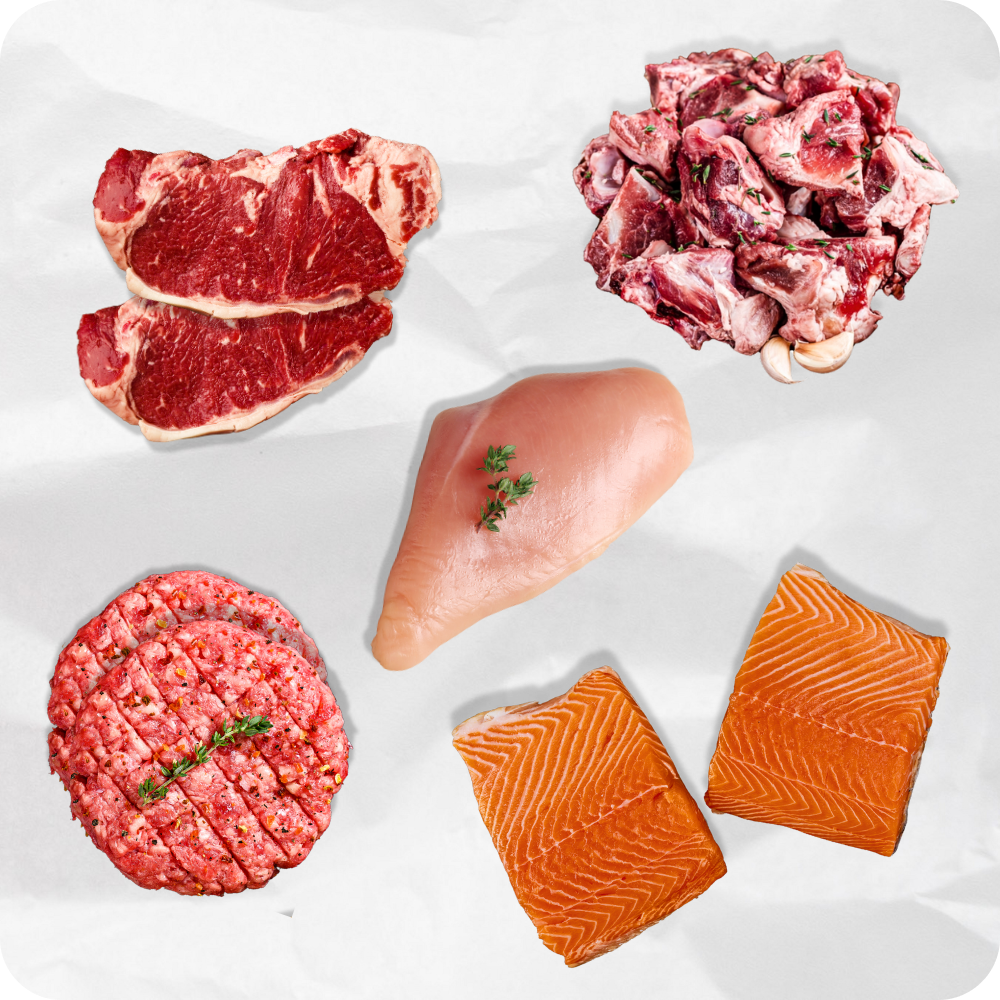
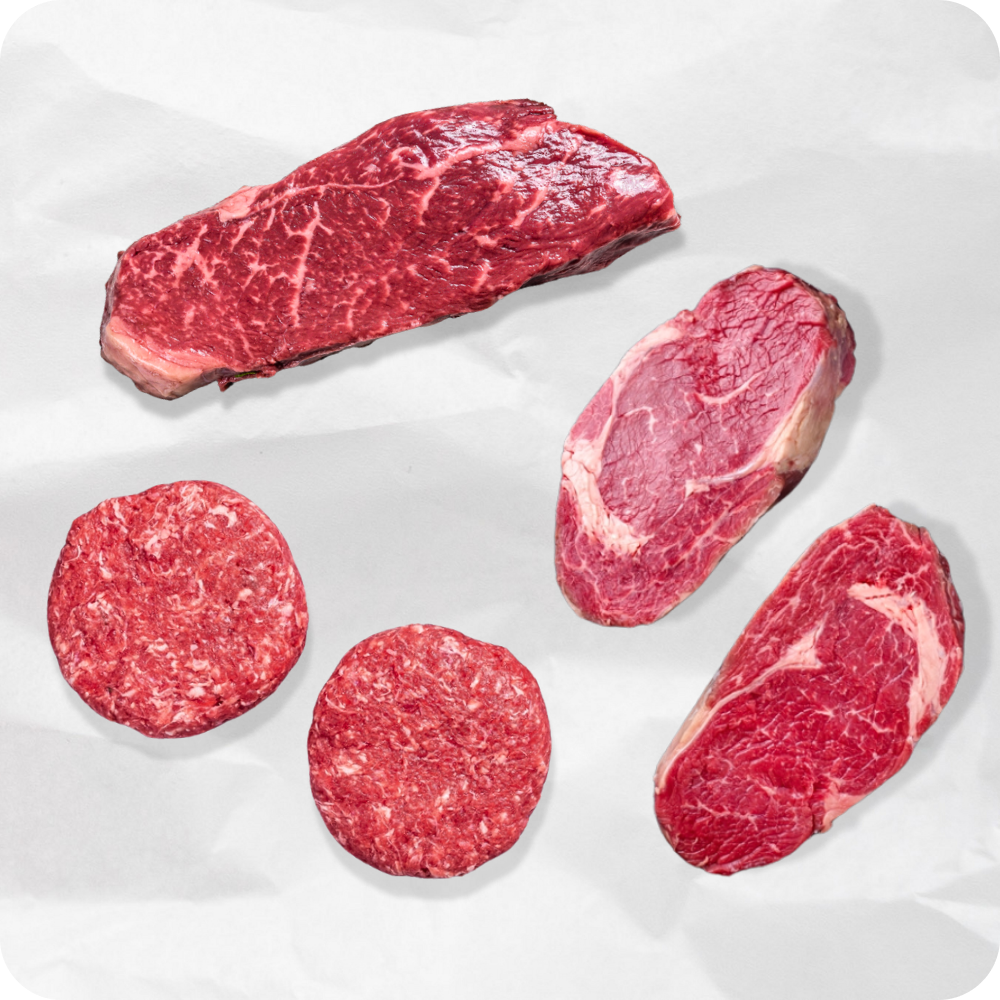
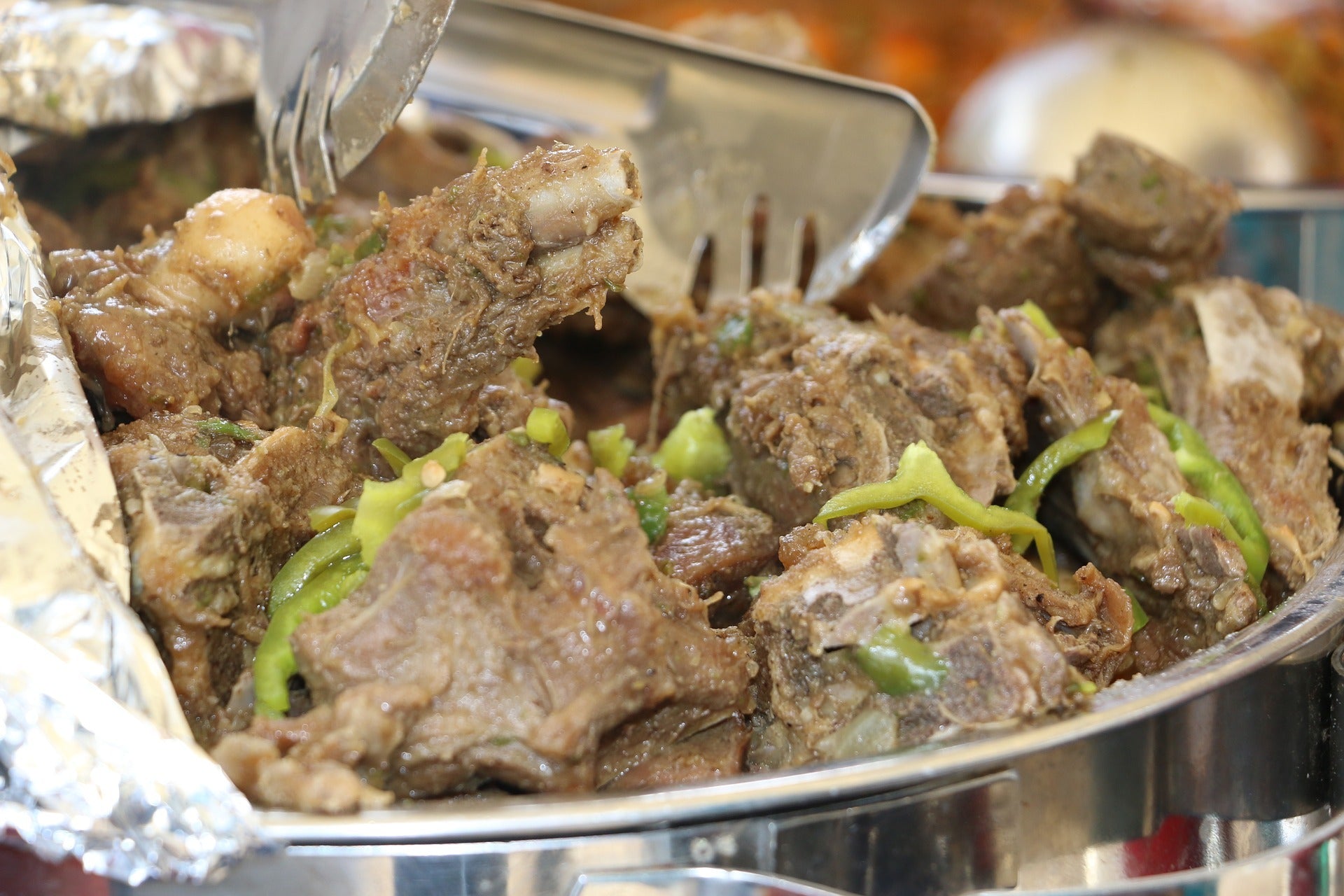
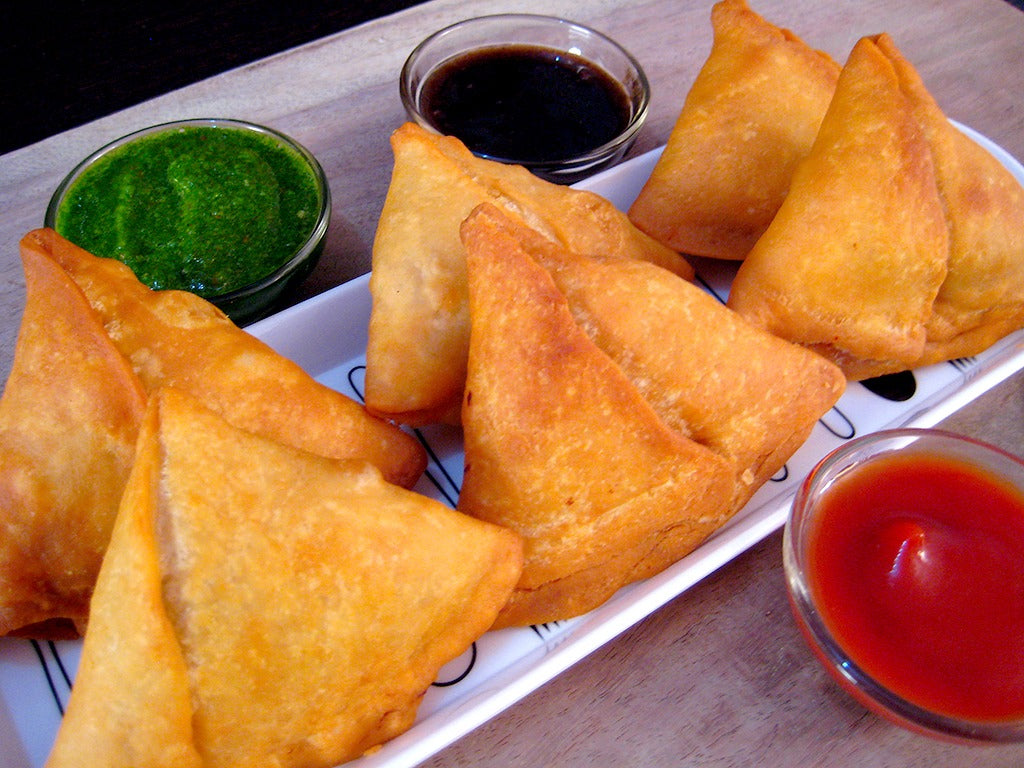
Leave a comment
This site is protected by hCaptcha and the hCaptcha Privacy Policy and Terms of Service apply.